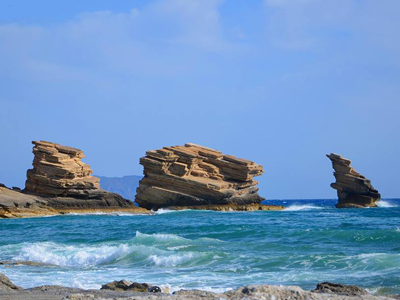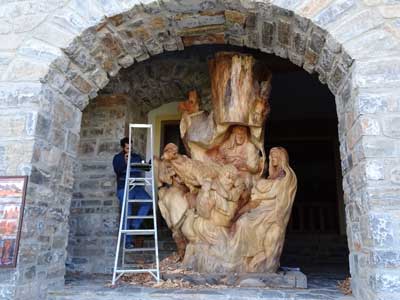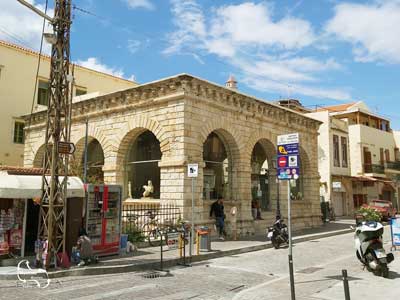For the creation of all RAGiF’s (Routaki Audio Guide info Files) a lot of research has been done on all aspects of Crete. This resulted in at least 300,000 words of information divided over the different subjects. On this page you will find links to the pages where you can read the whole (or the basic) story for the information that is played to you in audio form when you drive or walk one of the Routaki routes.

Available route where in you will drive through the Vineyards south of Heraklion:
Route 53 nicknamed; Knossos
In the VoiceMap app you’ll find this route under the name:
The treasures of Knossos unveiled: from Hersonissos through Archanes’ vineyards

Enjoy & Share & Pass on your experiences
Of course, we appreciate it if you share your experiences with your family and friends on social media.




